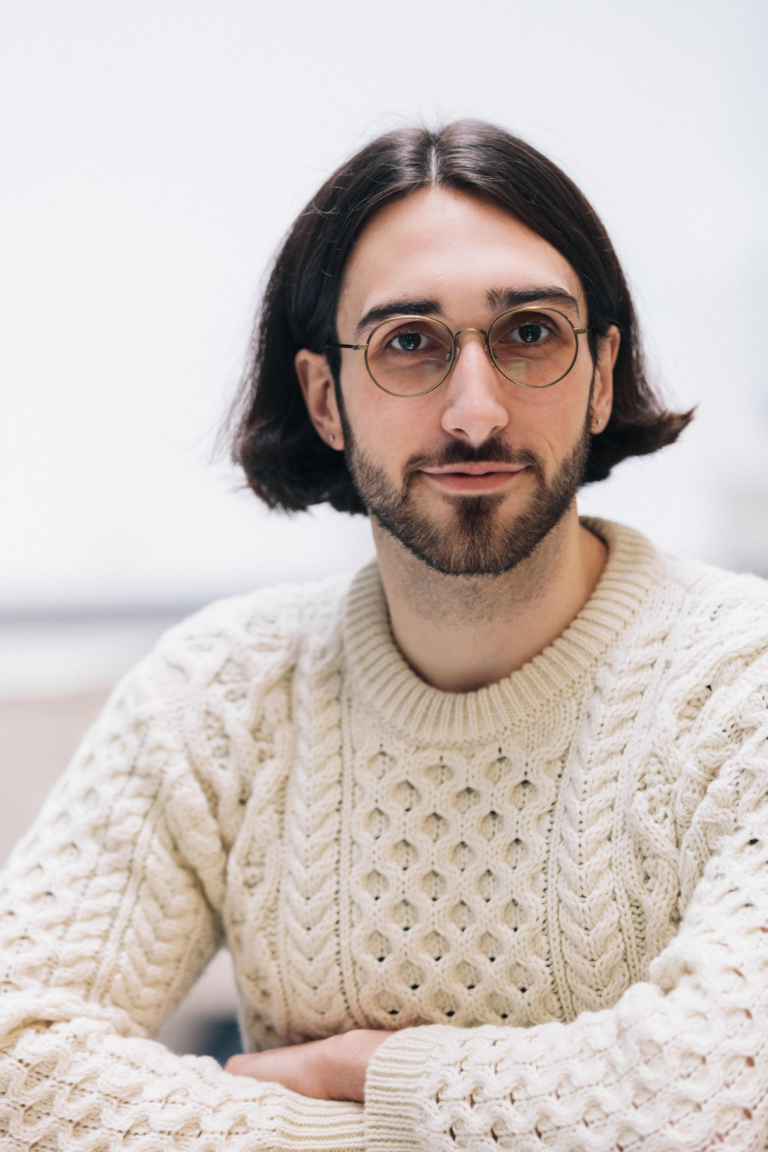Aidan Gomez was an intern at Google Brain in 2017, when he helped co-author the paper “Attention Is All You Need” that conceptualized the transformer and ultimately kicked off the rise of generative artificial intelligence.
“At the time, no one in the field could have predicted where we were in terms of technological capabilities,” Gomez told CNBC in a recent interview. “The models are doing things that I personally thought I would see at the end of my career, maybe 40 years from now.”
Gomez, who was a computer science student at the University of Toronto at the time of his internship, left Google in 2021 to co-found Cohere, an AI startup backed by Nvidia that has reportedly raised funding at a $5 billion valuation. Cohere creates generative AI models that can be used by businesses, unlike consumer-facing products like OpenAI’s ChatGPT.
Cohere co-founders Aidan Gomez, Ivan Zhang and Nick Frosst with colleagues
Join
“There’s research out of MIT and Harvard that shows productivity gains,” Gomez said. “You can measure it quantitatively. You put a knowledge worker next to one of these models. You teach them how to use it, how to make it useful to them. They have to learn how to use the technology, but once they learn it, you see productivity increases of like 40 percent.”
In June 2023, Cohere raised $270 million at a valuation of $2.2 billion, from investors including Salesforce and Oracle. Cohere executives have even attended AI forums at the White House.
Gomez said that until recently, “everything was done with five people.” Cohere now has about 400 people and is rapidly expanding its sales team.
Asked about specific use cases where generative AI can benefit a company’s bottom line, Gomez cited a model Cohere created to help an insurer. The technology allows the company to submit quotes faster to get ahead of the competition when a mining or pipeline company asks for a proposal.
Gomez called it a race.
“The first insurer that gives them a reasonable offer wins the contract,” he said. “We’ve beefed up their actuaries, the people who do the research on the project, assess the risks and come up with a quote.”
By speeding up the actuaries’ work, Gomez said the company was able to win more contracts.
“I never thought that an insurance company for natural resource projects would adopt language models on a large scale,” he said. “But they have.”
Watch the video to hear the full conversation between CNBC’s Steve Kovach and Aidan Gomez.


